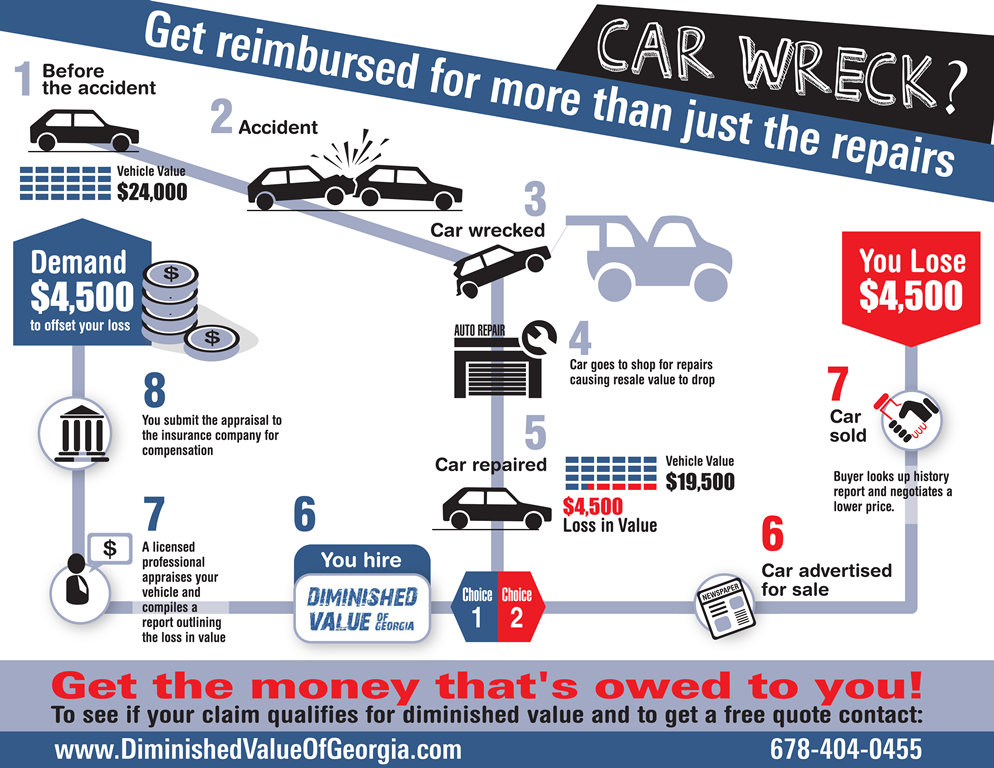Understanding The Significance Behind Your Automobile'S Warning Lighting: An In-Depth Appearance
Understanding The Significance Behind Your Automobile'S Warning Lighting: An In-Depth Appearance
Blog Article
Web Content Author-Lauritsen Forbes
When you lag the wheel, those beautiful caution lights on your dashboard can be a bit bewildering. Do you recognize what they're trying to inform you regarding your vehicle's health and wellness? Understanding the importance of these lights is essential for your safety and the long life of your automobile. So, the following time among those lights appears, would not you want to understand its message properly and take the essential actions to address it?
Common Caution Lights and Interpretations
Determine common caution lights in your automobile and recognize their definitions to make certain risk-free driving.
One of the most typical caution lights consist of the check engine light, which signals concerns with the engine or emissions system. If this light begins, it's critical to have your car checked without delay.
The oil stress cautioning light shows low oil pressure, calling for prompt focus to avoid engine damages.
A flashing battery light might recommend a defective charging system, potentially leaving you stranded otherwise addressed.
The tire stress surveillance system (TPMS) light informs you to low tire stress, impacting vehicle security and fuel performance. Overlooking this might bring about unsafe driving problems.
The abdominal muscle light indicates an issue with the anti-lock stopping system, jeopardizing your capability to stop rapidly in emergency situations.
Finally, the coolant temperature warning light warns of engine getting too hot, which can result in severe damages if not dealt with promptly.
Recognizing these typical warning lights will assist you deal with problems quickly and maintain secure driving problems.
Value of Prompt Interest
Recognizing the common caution lights in your automobile is only the primary step; the value of immediately attending to these cautions can't be stressed sufficient to guarantee your safety and security when traveling.
When a warning light brightens on your control panel, it's your automobile's way of communicating a possible concern that needs attention. Overlooking these cautions can result in much more severe issues in the future, jeopardizing your safety and potentially costing you more in repairs.
just click the following web page to advising lights can stop break downs and accidents. For instance, a flashing check engine light could suggest a misfire that, if left ignored, might trigger damages to the catalytic converter. Addressing this immediately can save you from an expensive fixing.
In a similar way, a brake system warning light might indicate low brake fluid or used brake pads, vital parts for your safety and security when driving.
Do It Yourself Troubleshooting Tips
If you see a warning light on your dashboard, there are a few do it yourself repairing pointers you can attempt before looking for specialist aid.
The first step is to consult your auto's manual to comprehend what the details caution light indicates. Often the problem can be as simple as a loosened gas cap causing the check engine light. Tightening cardetailingcoursenz may solve the issue.
Another typical problem is a low battery, which can activate different advising lights. Examining the battery links for corrosion and ensuring they're safe and secure may repair the trouble.
If a caution light lingers, you can attempt resetting it by disconnecting the auto's battery for a couple of minutes and then reconnecting it. Furthermore, checking your automobile's liquid degrees, such as oil, coolant, and brake fluid, can aid repair alerting lights related to these systems.
carvaleteastauckland
To conclude, understanding your auto's warning lights is necessary for maintaining your vehicle running smoothly and securely. By quickly resolving these alerts and recognizing what they indicate, you can stay clear of pricey repair work and prospective malfunctions.
Bear in mind to consult your vehicle's handbook for certain information on each warning light and take action accordingly to guarantee a trouble-free driving experience.
Keep informed, remain safe when traveling!
